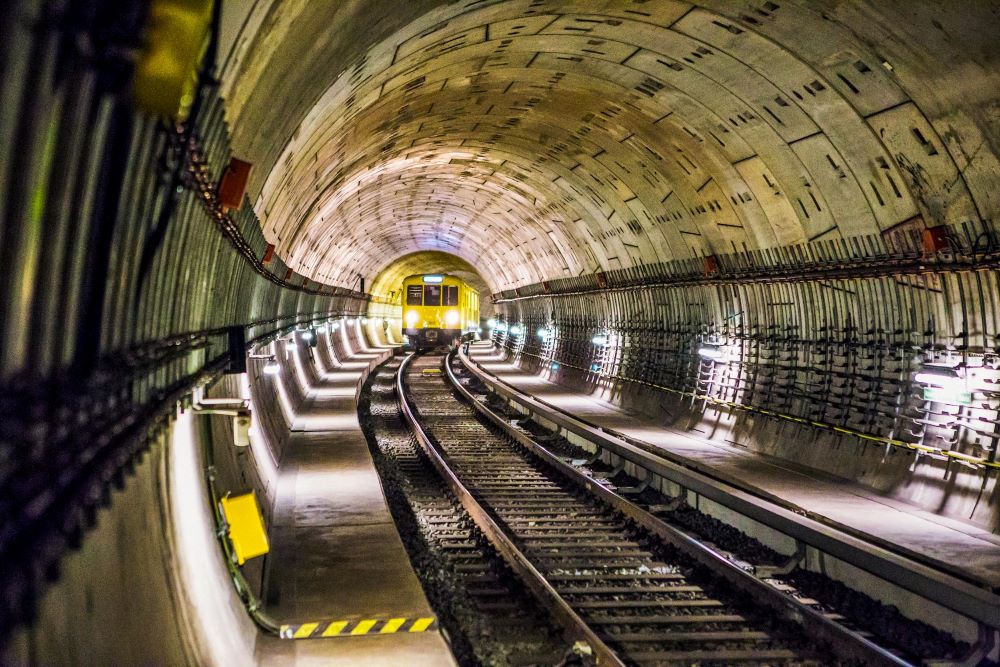Contents
Introduction
Restoring vintage automobiles often presents enthusiasts with a unique set of challenges. Among these challenges is the scarcity of replacement parts, a hurdle faced by many who embark on such endeavors. In this article, we delve into the restoration journey of a 1991 Geo Metro, a compact car known for its quirky design and economic efficiency, and the obstacles encountered due to parts unavailability.
The Challenge of Parts Scarcity
The Geo Metro, particularly its Suzuki G10 engine, has proven reliable over the years. However, with the passage of time, finding quality replacement parts has become increasingly difficult. One of the most common issues plaguing these engines is burnt exhaust valves, a problem exacerbated by the limited availability of suitable components.
Navigating the Search for Parts
In the quest for replacement parts, the enthusiast behind the restoration project found himself facing a daunting landscape. Established sources like Rockauto offered no solace, with the desired components conspicuously absent from their inventory. Even online marketplaces like eBay yielded limited results, primarily comprising products of dubious quality from unfamiliar manufacturers.
A Strategy Emerges
Faced with this scarcity, the restoration endeavor necessitated a strategic approach. The decision was made to first assess the condition of the engine by dismantling the cylinder head. This step not only allowed for a thorough inspection of the critical components but also provided insight into the extent of any potential damage.
The Path Forward
While the scarcity of parts posed a significant challenge, it did not deter the enthusiast from pursuing his restoration project. With determination and meticulous planning, he embarked on the journey to revive the Geo Metro to its former glory. Each step forward, whether it be the removal of the cylinder head or the search for elusive components, represented progress toward the ultimate goal of restoring the vehicle to operational condition.
Integrating LED Technology
In addition to addressing mechanical concerns, the restoration of the 1991 Geo Metro also presents an opportunity to incorporate modern advancements, such as LED lighting. While the car’s original design may have relied on conventional halogen bulbs, the integration of LED technology offers several advantages. LED lights are known for their energy efficiency, durability, and improved visibility, making them an appealing choice for automotive applications.
By replacing traditional bulbs with LED equivalents, the restoration project can enhance not only the aesthetic appeal but also the functionality of the Geo Metro. LED headlights, for example, provide a brighter and more focused beam, improving nighttime visibility and overall safety. Similarly, LED taillights offer quicker response times, enhancing the vehicle’s visibility to other motorists on the road.
Furthermore, LED technology allows for greater design flexibility, enabling enthusiasts to customize the lighting scheme to suit their preferences. Whether opting for a retro-inspired look or a sleek, modern aesthetic, LED lighting provides ample opportunities for creative expression while maintaining a classic appeal.
Incorporating LED lighting into the restoration of the 1991 Geo Metro exemplifies the fusion of heritage and innovation, honoring the car’s legacy while embracing advancements in automotive technology. As the project progresses, the integration of LED technology serves as a testament to the enthusiast’s commitment to both preserving automotive history and embracing the future of classic car restoration.
Conclusion
The restoration of a 1991 Geo Metro serves as a testament to the dedication and perseverance of automotive enthusiasts. Despite the challenges posed by parts scarcity, the passion for preserving automotive history propels individuals to overcome obstacles and breathe new life into vintage vehicles. As this journey unfolds, it underscores the importance of resourcefulness, patience, and a steadfast commitment to the restoration process. In the end, it is not merely about rebuilding a car but preserving a piece of automotive heritage for generations to come.

